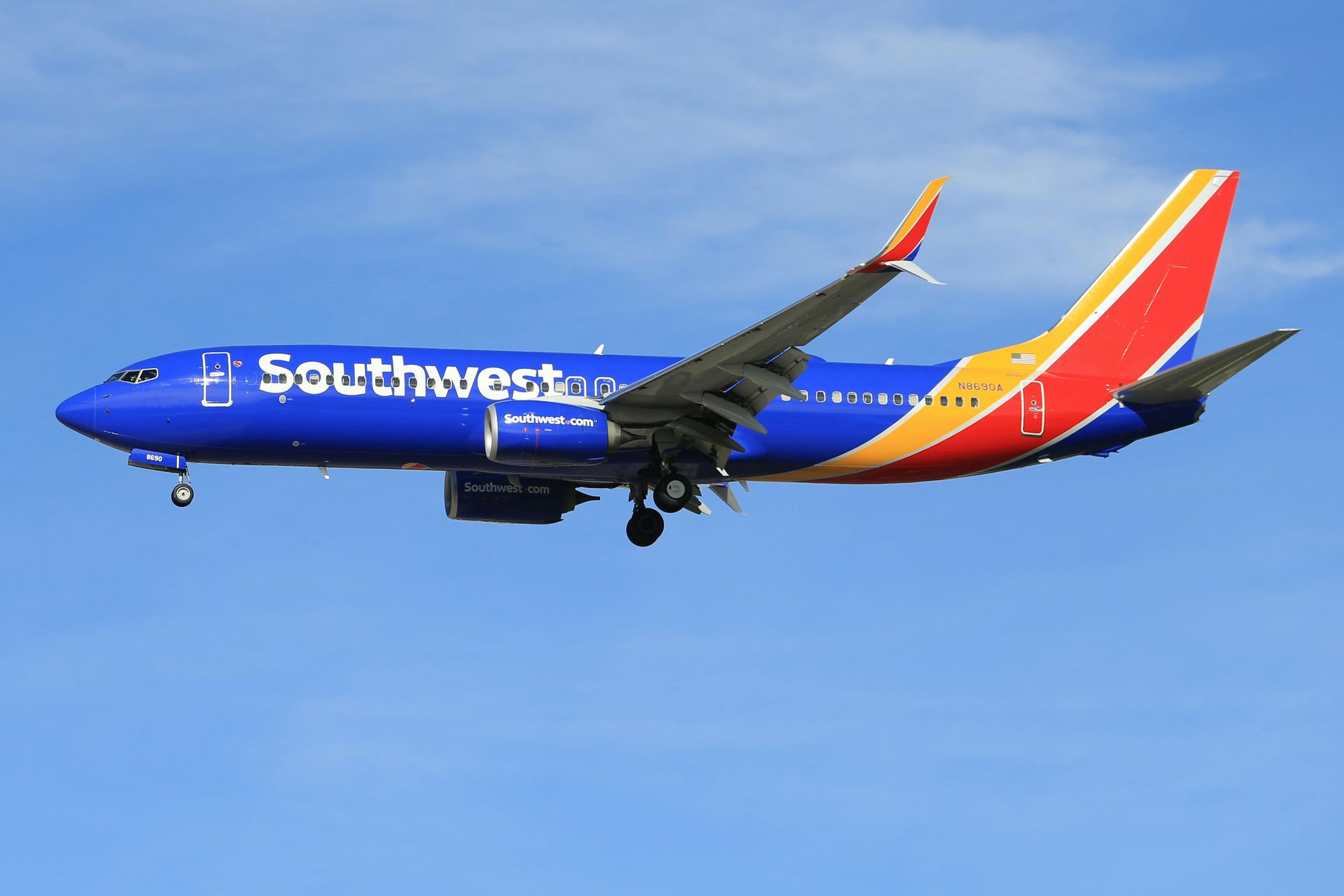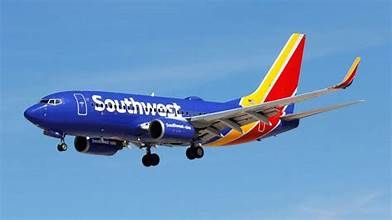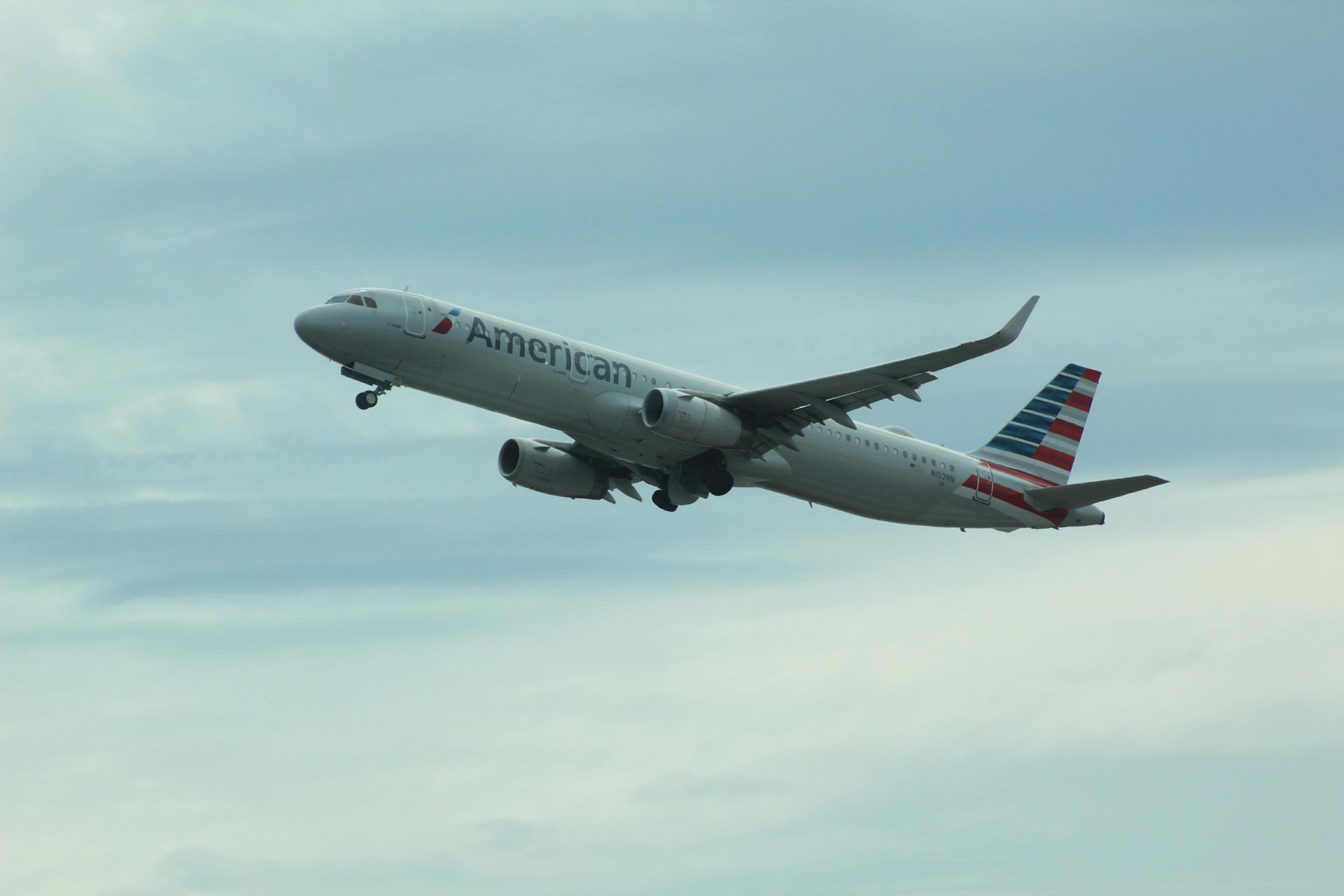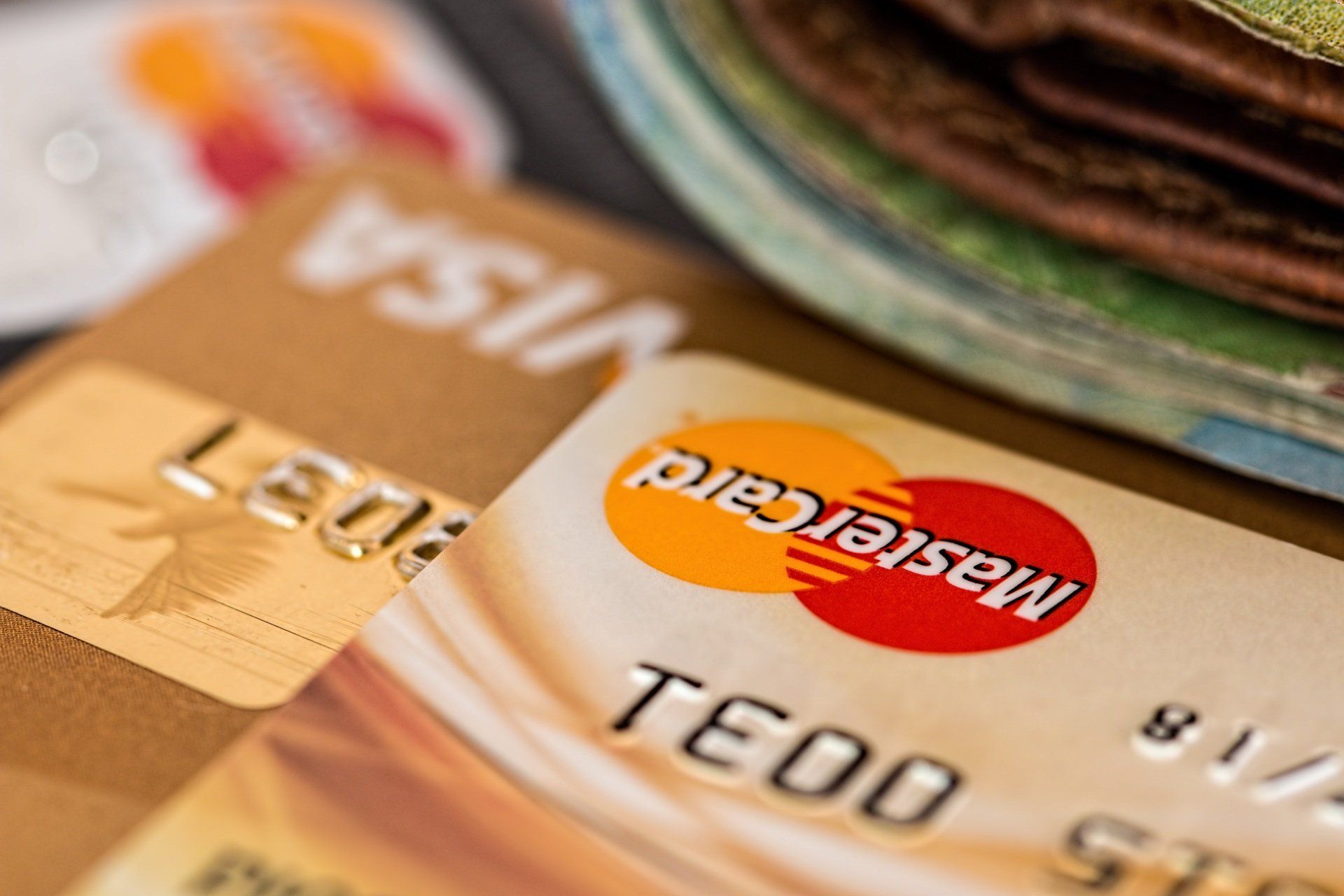Is the Chase Sapphire Reserve Card Suffering “Death by a Thousand Cuts?”
Another benefit of the once wildly popular travel credit card is taken away
In October, I posted about the Priority Pass, a feature of many travel credit cards, and how the benefits of a Priority Pass varied from card to card. One special benefit of a Priority Pass issued through the Chase Sapphire Reserve card was that, in addition to giving access to hundreds of airport lounges, this version of the Priority Pass could be used at numerous airport restaurants in the United States and abroad.
These restaurants were not stellar, but most were adequate, and the price was right. They were especially helpful in airports that did not have lounges in the Priority Pass network. The typical benefit has been a $28 credit that can be applied to a meal. Better yet, many of these restaurants will let you bring a guest so the credit can be doubled to $56. In fact, the optimi-daughter and I were able to get both breakfast and dinner at a Priority Pass restaurant at the Miami airport when on a day trip (a $100+ value). Our family also got significant use of this restaurant benefit at the Denver and Portland, OR airports.
As the saying goes “All good things must come to an end.” Chase has announced that the restaurant benefit of the Priority Passes issued with the Sapphire Reserve card will end on June 30th. While these Priority Passes will still give access to over a thousand airport lounges worldwide, this change will drop three dozen restaurants in 25 US airports. It also means that about 40 airport restaurants outside of the US (almost half of which are in Australia) will also be dropped. However, the “experiences” that are offered by the Priority Pass (Minute Suites, spas) will remain.
The loss of the Priority Pass restaurant credits for Sapphire Reserve cardholders might be a significant blow to travelers who frequently fly from and through airports with the included restaurants. Assuming you liked the Pass’ restaurants, this benefit alone could go a long way towards justifying the annual cost ($550) of the card.
When the Sapphire Reserve was launched in fall 2016, I regarded it as the “Queen of Travel Cards.” Chase offered a welcome bonus of 100,000 Chase Ultimate Points (worth over $2,000 to my household), a $300 travel credit, the Priority Pass, a $100 credit for Global Entry or TSA PreCheck, an excellent car rental collision damage waiver (CDW), and 3X Chase points per dollar spent on dining or travel (with travel defined very broadly). The annual fee was $450 but, as the $300 travel credit had no restrictions and was very easy to use, the CSR was a de facto $150 card.
The card was almost too good to be true. Demand was so high that Chase ran out of the metal they used to stamp the cards. No doubt, many points and miles enthusiasts who had surpassed Chase’s 5/24 limit (five new cards within two years) wept at being excluded from the frenzy. I was ineligible for the CSR at the time because I had picked up a Sapphire Preferred card earlier that year, but fortunately, Ms. Optimizer was able to apply. Chase reported that, with respect to new customers, the CSR was wildly successful. However, they also acknowledged that providing the promised benefits was very expensive and they expected to lose hundreds of millions of dollars on this card (but don’t worry, Chase will survive).
This impending reduction in Priority Pass benefits follows other changes that have lessened the CSR’s value proposition in absolute terms as well as vis-à-vis the less expensive Chase Sapphire Preferred card.
- The welcome bonus has been reduced to 60,000 points (which is the same as the welcome bonus for the Chase Sapphire Preferred card).
- While spending bonuses are the same, the restaurant spending bonuses on both the CSR and CSP are three points per dollar. So again, there is a parity between the two cards.
- The annual fee of the Sapphire Reserve has increased to $550. Because the $300 travel credit is completely unrestricted (you do not have to use a specific travel portal) it is easy to use. I consider this a $250 a year card but it is now $155 more than the Sapphire Preferred card.
- And simply, Chase’s competitors have stepped up with their own offerings in the travel card market.
The loss of the Priority Pass restaurant credits is not good news, and I think it will definitely influence some current cardholders to drop the CSR or downgrade to the cheaper CSP card. This will certainly have an impact on my own thinking as I create Travel Rewards Optimizer plans for clients. However, while the “Queen of Travel Rewards Cards” has been dethroned, there are reasons why some might want to retain the card or even add it to their wallet.
- The Priority Pass can still be quite useful for air travelers who frequently use certain airports and especially certain airports outside of the United States.
- Like American Express and Capital One, Chase has gotten into the airport lounge business. Sapphire Reserve cardholders can access Chase's proprietary lounges in Boston, New York (both LaGuardia and JFK), and Hong Kong. Lounges are also planned for Phoenix, Las Vegas, San Diego, and Philadelphia.
- A cardholder can add an authorized user, giving them access to Priority Pass airport lounges, for only $75 per AU. The cost of adding AUs to an Amex Platinum (which comes with the same level of Priority Pass) is $195 per.
- The CSR generates more category bonus points for travel than the CSP (3X vs 2). If spending $10,000 or more annually for travel, the value of the additional points can make up for the higher annual fee. This could be especially beneficial for those purchasing cruises or expensive vacation packages.
- If using the Chase portal for travel purchases, CSR cardholders get 1.5 cents per point in value vs. 1.25 cents per point for Sapphire Preferred cardholders.
Bottom line: This card is no longer the “no brainer” that is was at the time it was launched. But, like most travel cards, it has a place for some travelers.
While no one likes to hear about devaluations or the loss of a travel card’s benefits, new products and opportunities in travel rewards are always appearing. The overall lesson of this recent change with the CSR is that value propositions shift constantly. Our job at Travel Rewards Optimizer is to keep track of changes and opportunities so we can provide our clients with guidance to get the most value out of their travel rewards programs.
We are ready to help you turn your routine credit card spending into the travel of your dreams.











